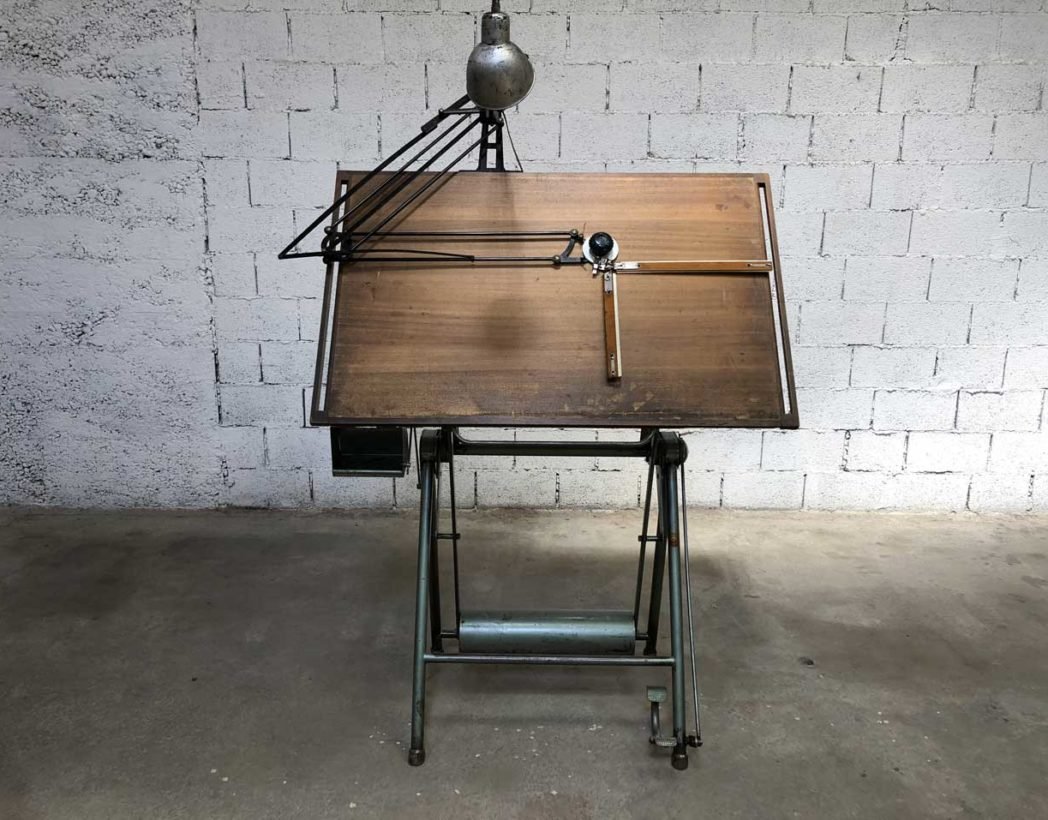Vultus animae imago est, oculi intentiones eius notant.*
Marcus Tullius Cicero
* The countenance is an image of the soul, the eyes mark its intentions.

2024, acrylic on canvas 80 x 80 cm

2024, acrylic on canvas, 80 x 60 cm

2024, acrylic on canvas 100 x 80 cm

2024, acrylic on canvas, 60 x 80 cm

2024, acrylic on canvas, 80 x 60 cm
2024, acrylic on canvas, 40 x 30 cm

2024, acrylic on canvas, 60 x 80 cm
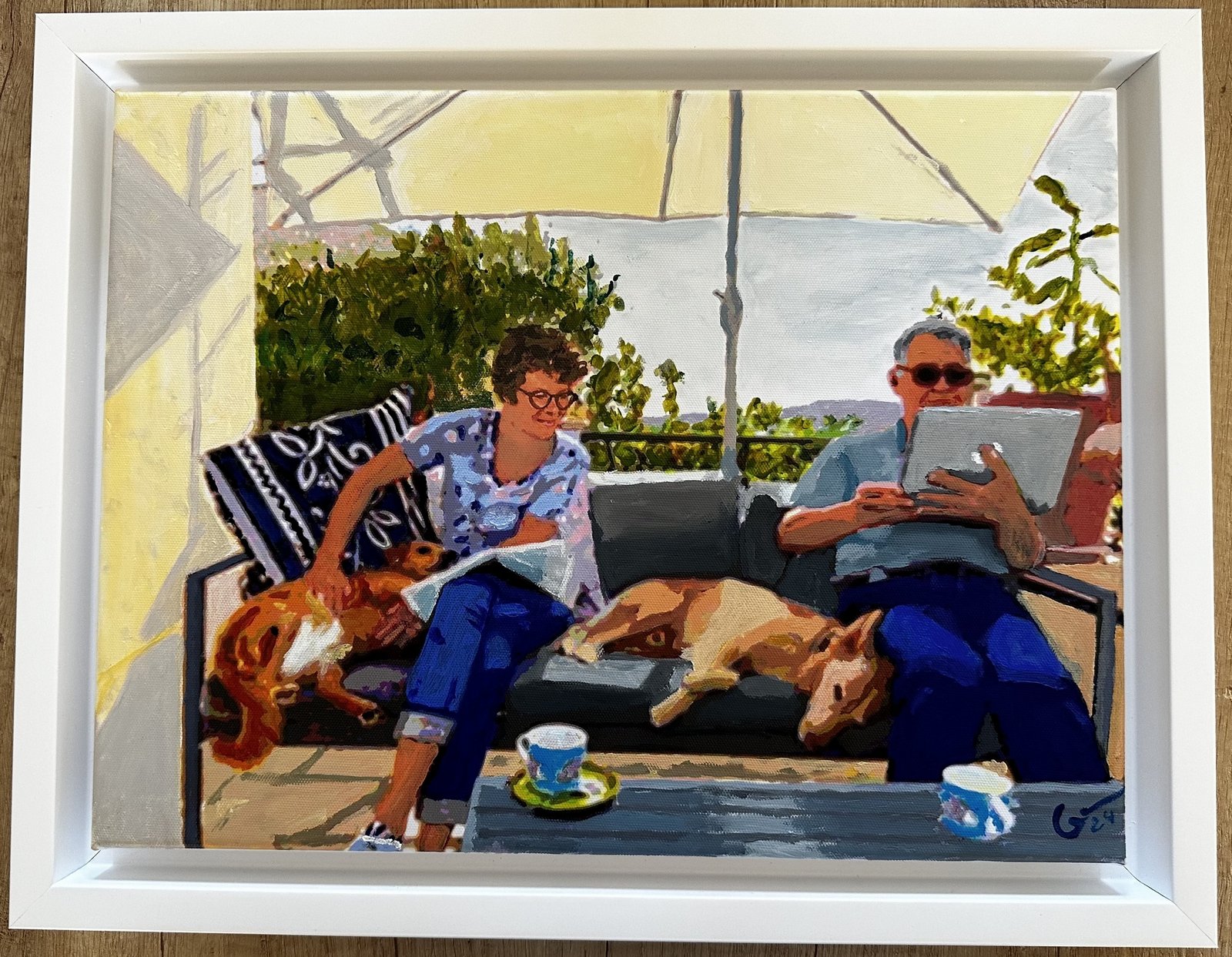
2024, acrylic on canvas, 30 x 40 cm

2024, ink on wood, 40 x 30 cm

2024 acrylic on canvas, 60 x 80 cm

2024, acrylic on canvas, 30 x 40 cm

2024, acrylic on canvas, 30 x 40 cm
2024, acrylic on canvas, 60 x 60 cm

2024, acrylic on canvas, 30 x 40 cm

2024, acrylic on canvas, 60 x 80 cm
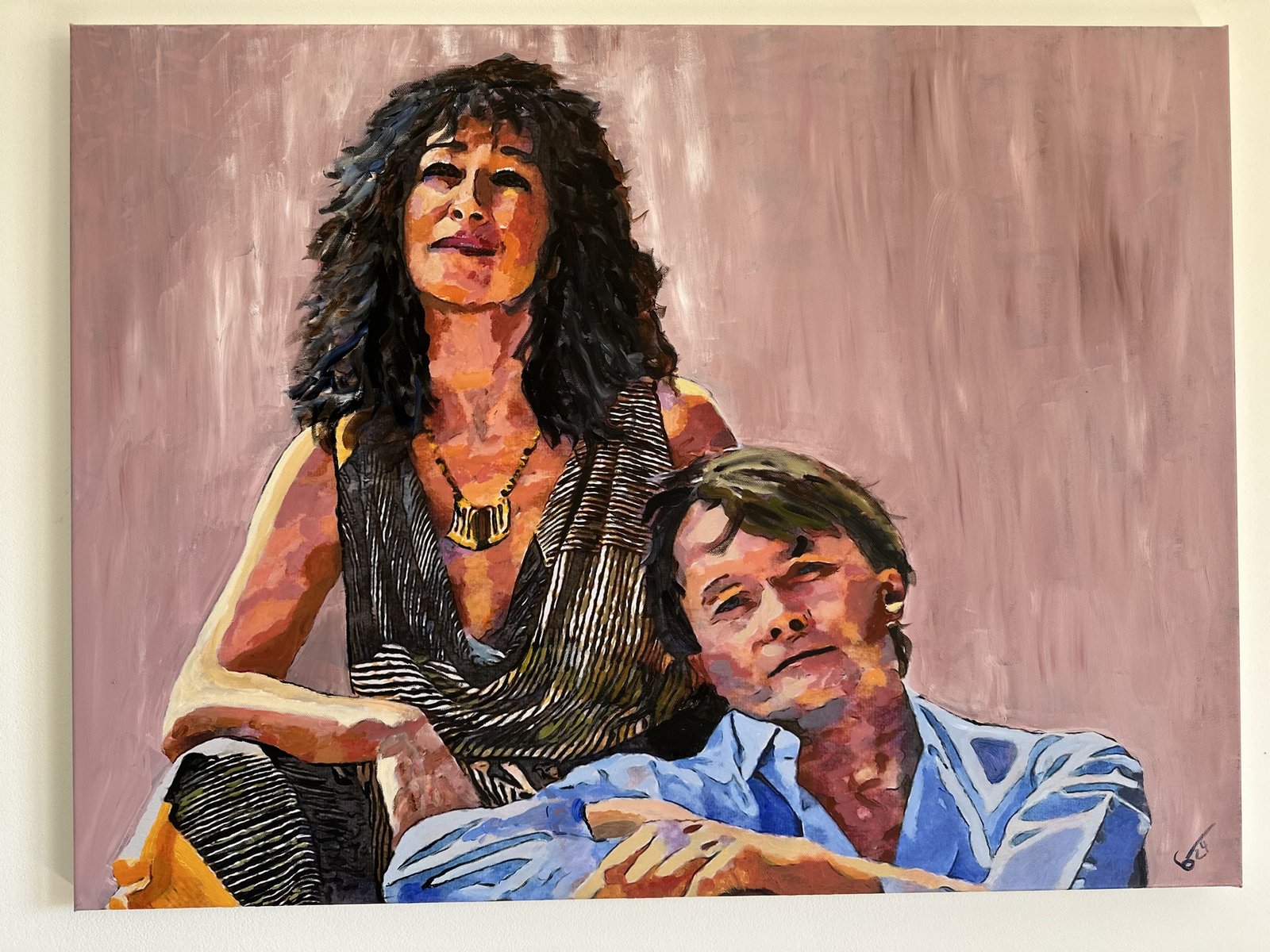
2024, acrylic on canvas, 60 x 80 cm
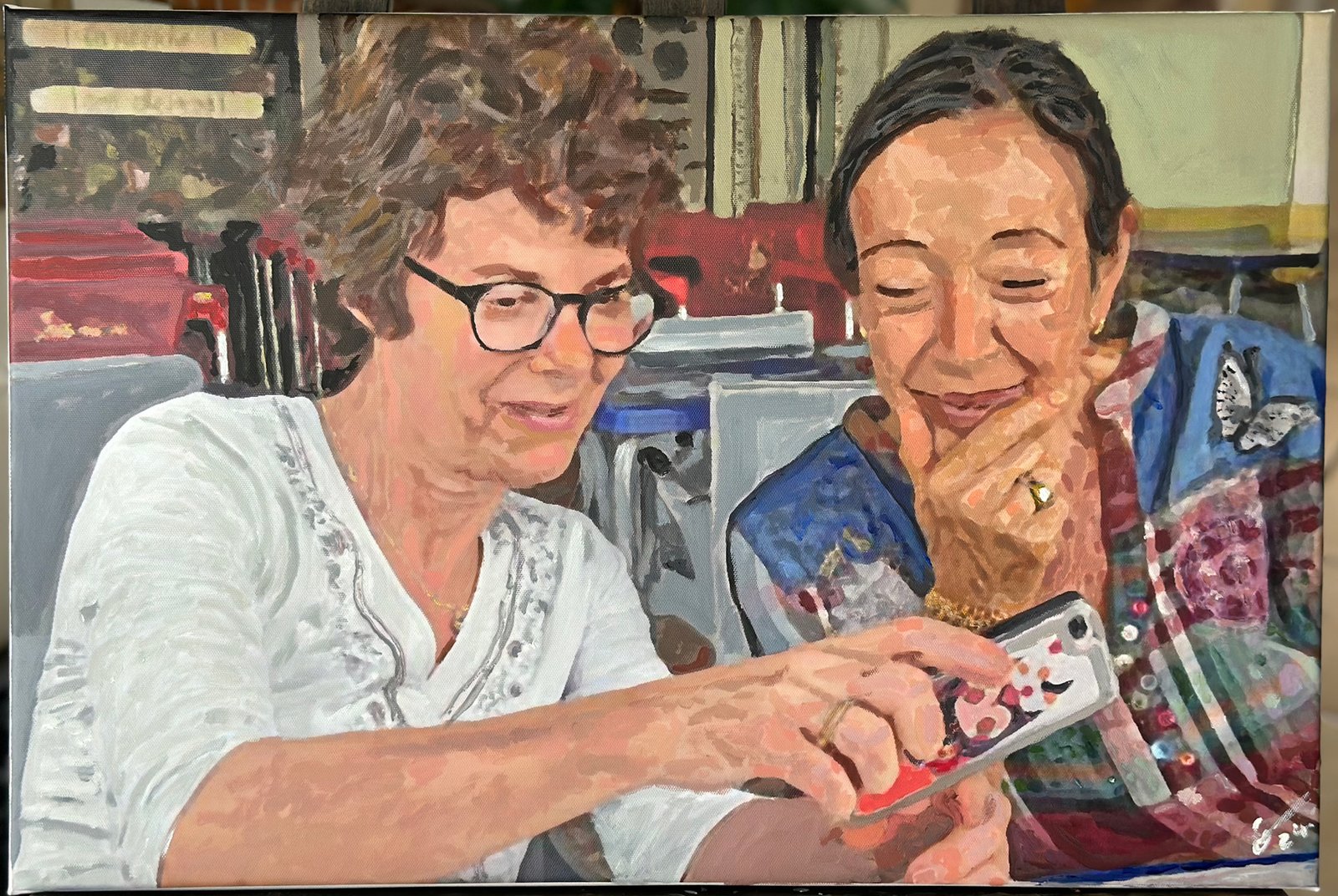
2024, acrylic on camvas, 40 x 60 cm

2024, acrylic on canvas, 80 x 80 cm
2024, acrylic on canvas, 80 x 80 cm (this is the title picture on Colette's poetry book)

2024, acrylic on canvas, 60 x 60 cm
2024. acrylic on canvas, 80 x 80 cm
2024, acrylic on canvas, 60 x 40 cm

2024, acrylic on canvas, 40 x 60 cm
2024, acrylic on canvas, 40 x 60 cm

2024, acrylic on canvas, 40 x 60 cm
2024, acrylic on canvas, 40 x 60 cm
2024, acrylic on canvas, 80 x 60 cm

2024. acrylic on canvas, 40 x 90 cm

2024, acrylic on canvas, 60 x 60 cm

2024, acrylic on canvas, 60 x 60 cm

2024, acrylic on wood. 30 x 40 cm
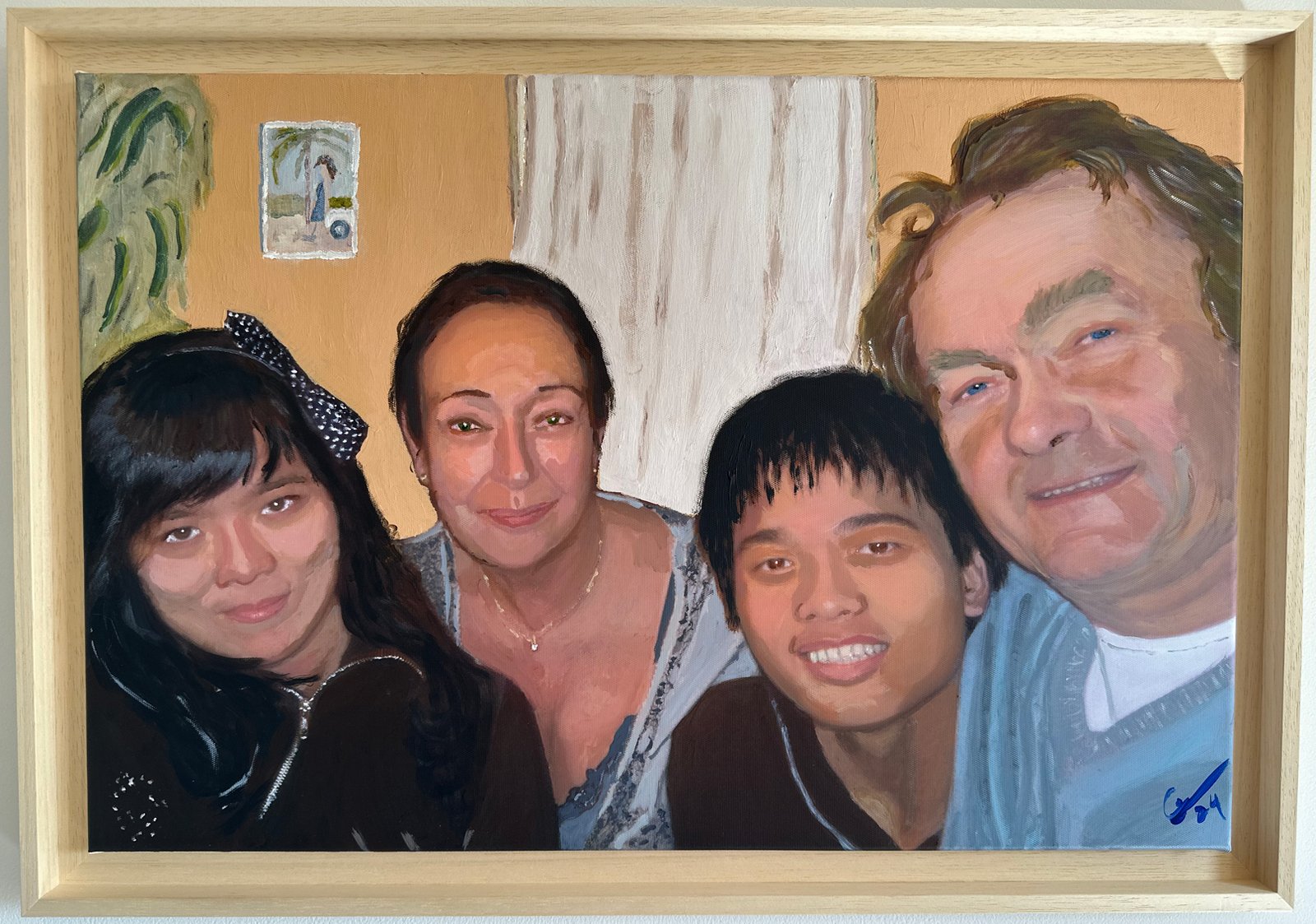
2024, acrylic on canvas, 40 60 cm

2024, acrylic on canvas, 60 x 60 cm
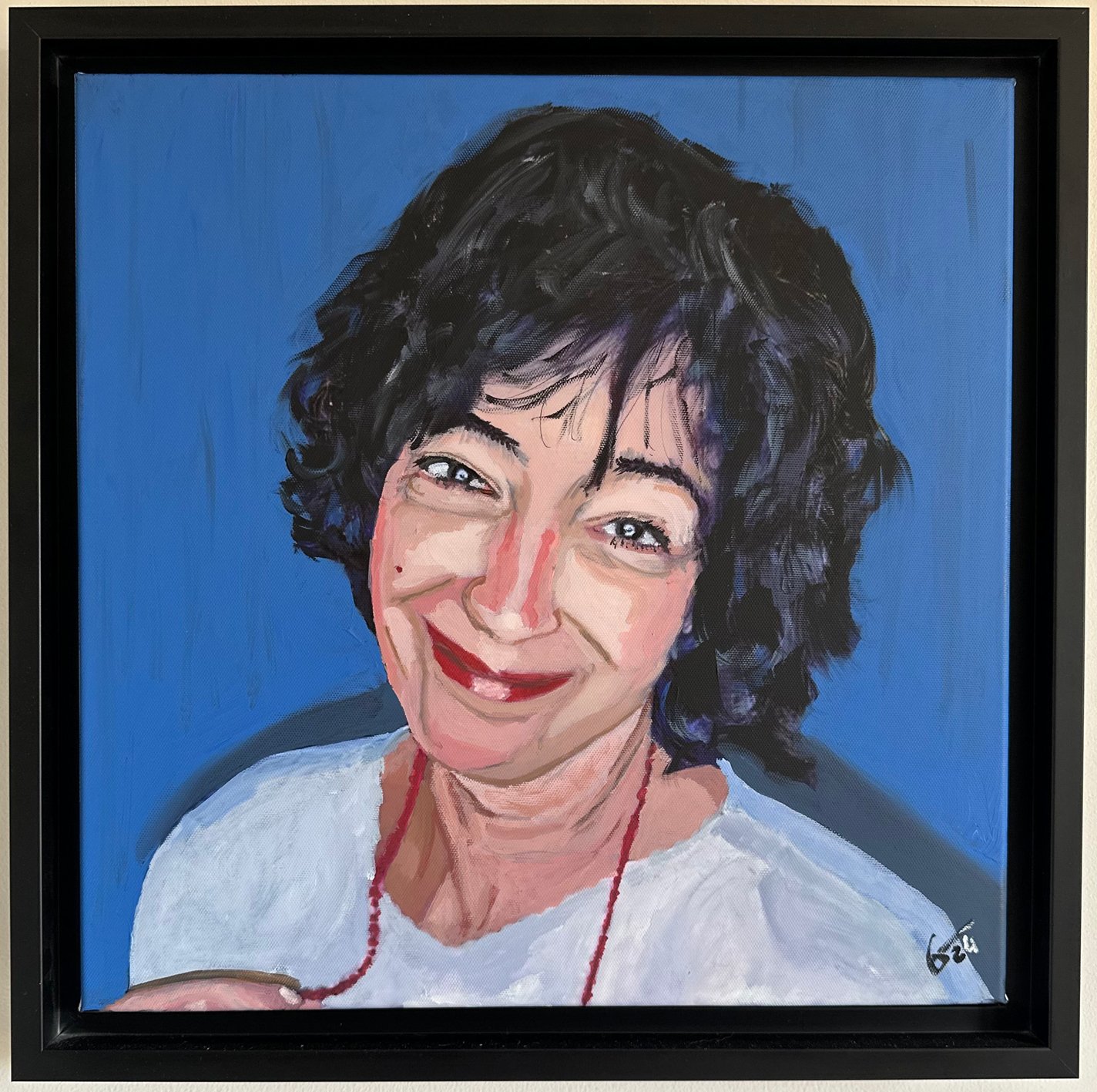
2024, acrylic on canvas, 40 x 40 cm

2024, acrylic on canvas, 60 x 60 cm

2024, acrylic sur canvas, 60 x 40 cm

2024, acrylic on canvas 60 x 40 cm

2024, acrylic on canvas, 60 x 80 cm

2024, acrylic on canvas, 40 x 60 cm
Although it's sometimes unavoidable to paint from photographs instead of looking at a person sitting in front of you, I prefer to work that way if the photograph is good. It allows me to take my time. Like many painters, I start with a drawing and sometimes work on it for a long time until I'm satisfied.
The famous French painter Jean Auguste Ingres once said: "The drawing contains three and a half quarters of the painting... Drawing contains everything except paint."
I start by drawing the subject on a white canvas, adding only the main areas of shade to get an idea of the final expression. It takes time because I'm trying to understand the person's thoughts and feelings, their fears, hopes and desires at that moment. This will hopefully come through in the final portrait after the paint has been applied. Tiny changes of line, shade or colour will bring the face to life, expressing emotions and even thoughts far beyond the capacity of a photograph.



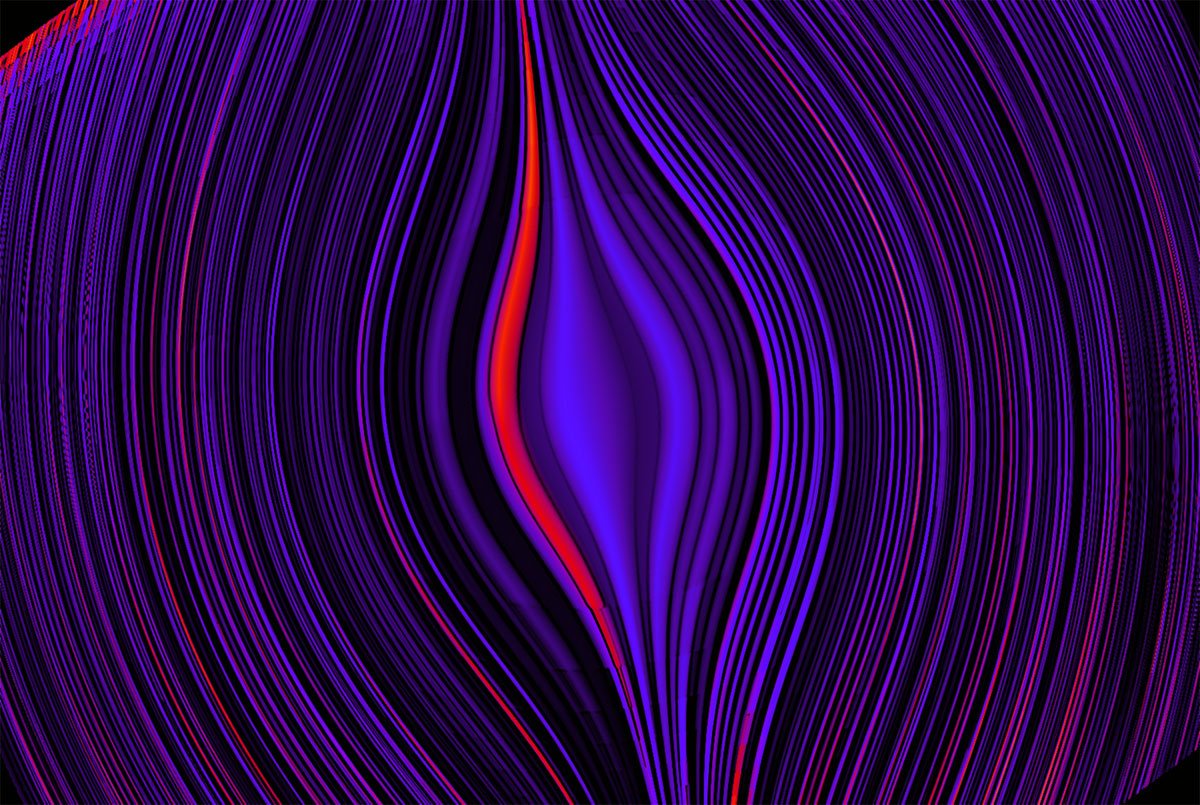
2008, acrylic on canvas, size 80 cm x 60 cm
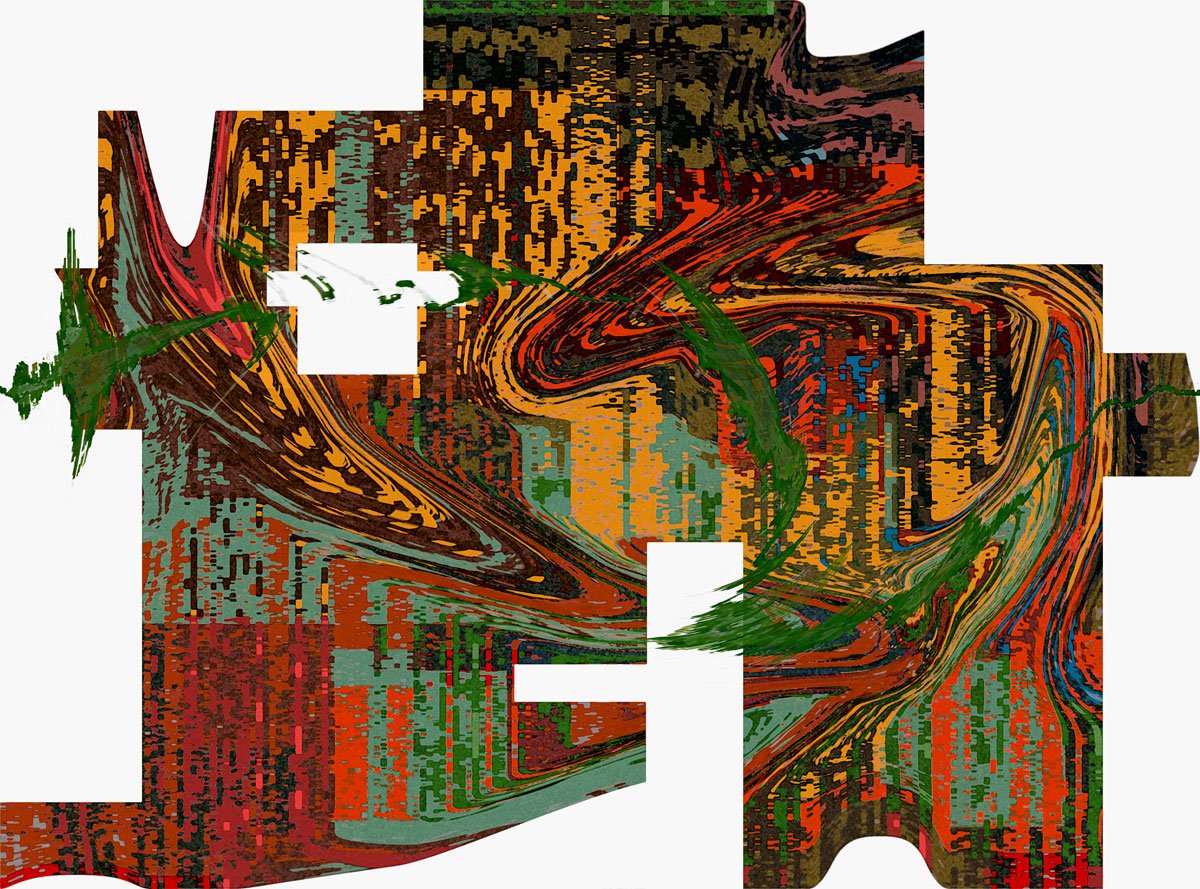
2008, acrylic on canvas, size 80 cm x 60 cm
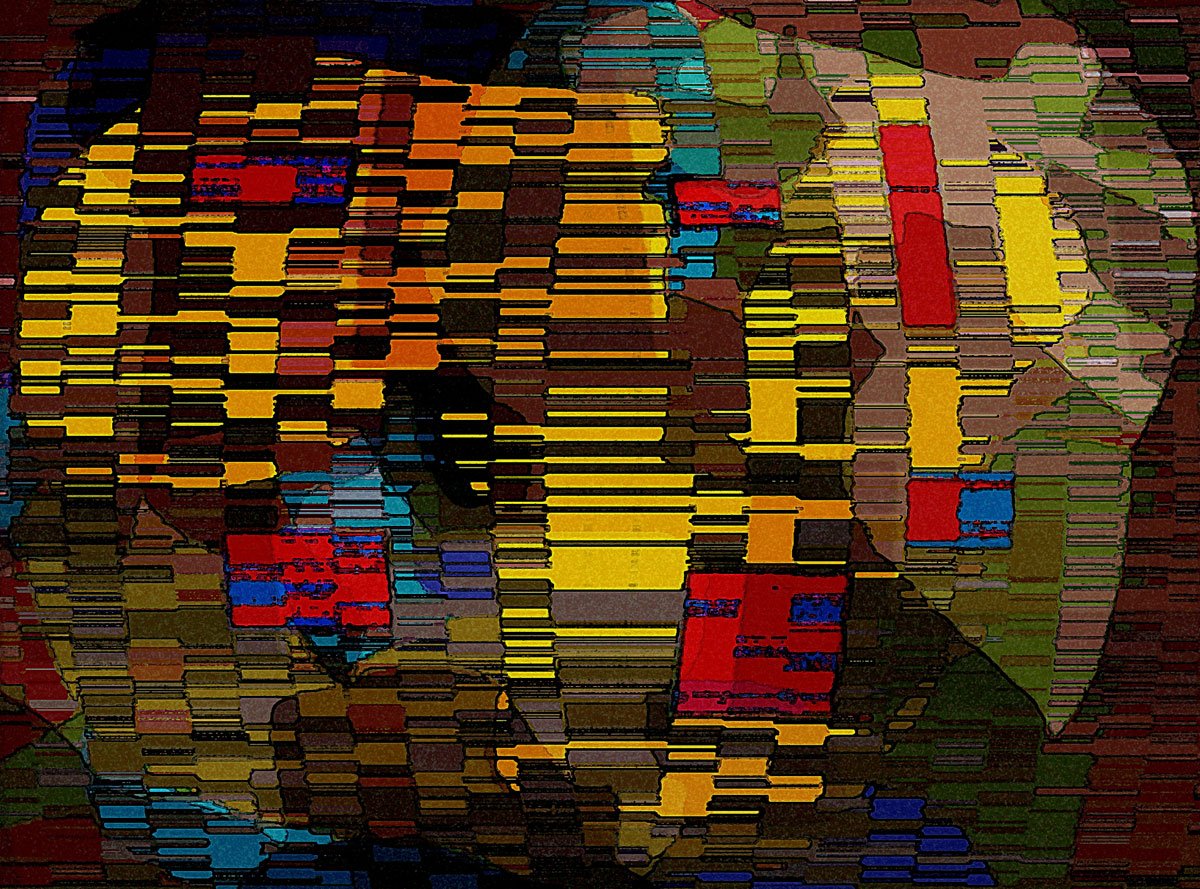
2008, acrylic on canvas, size 80 cm x 60 cm
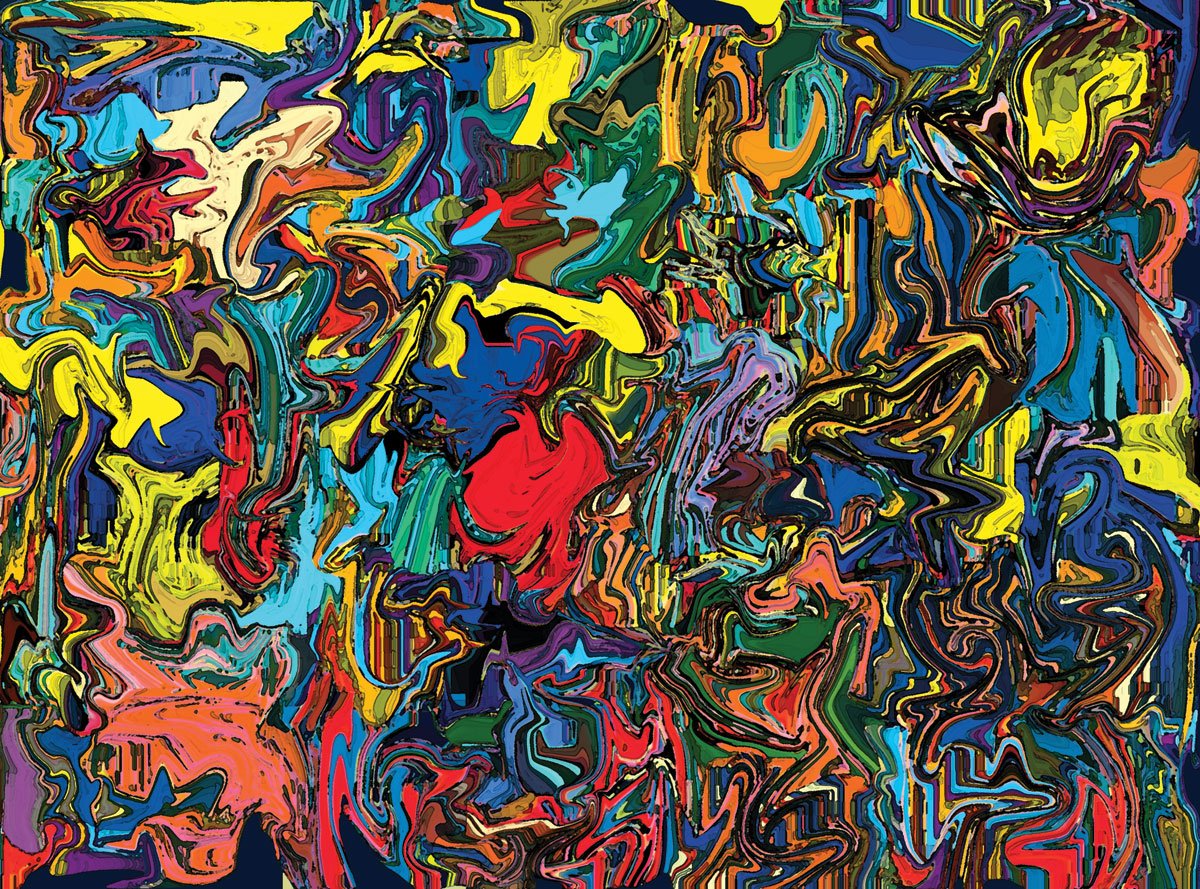
2008, acrylic on canvas, size 83 cm x 118 cm
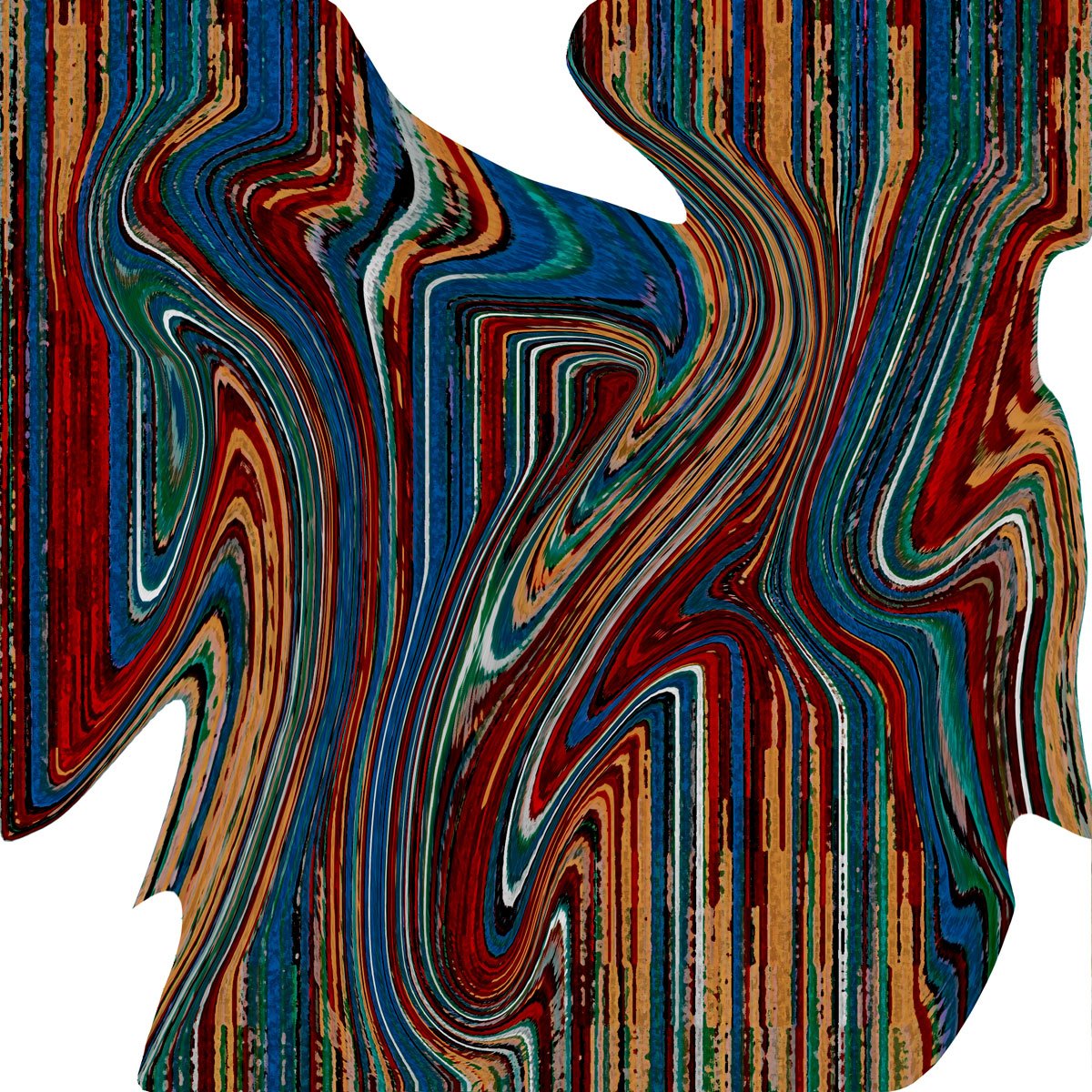
2008, acrylic on canvas, size 80 cm x 80 cm
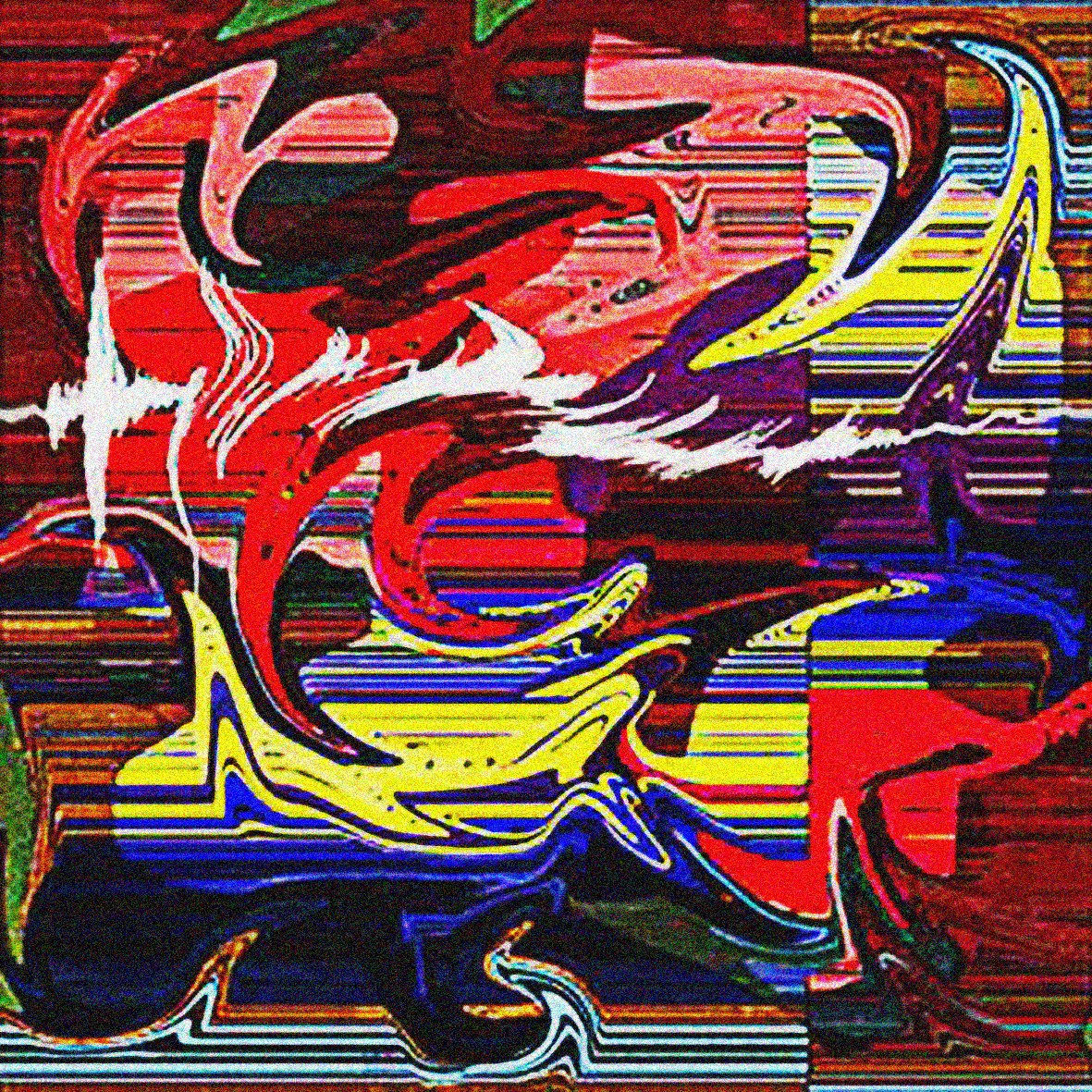
2008, acrylic on canvas, size 80 cm x 80 cm
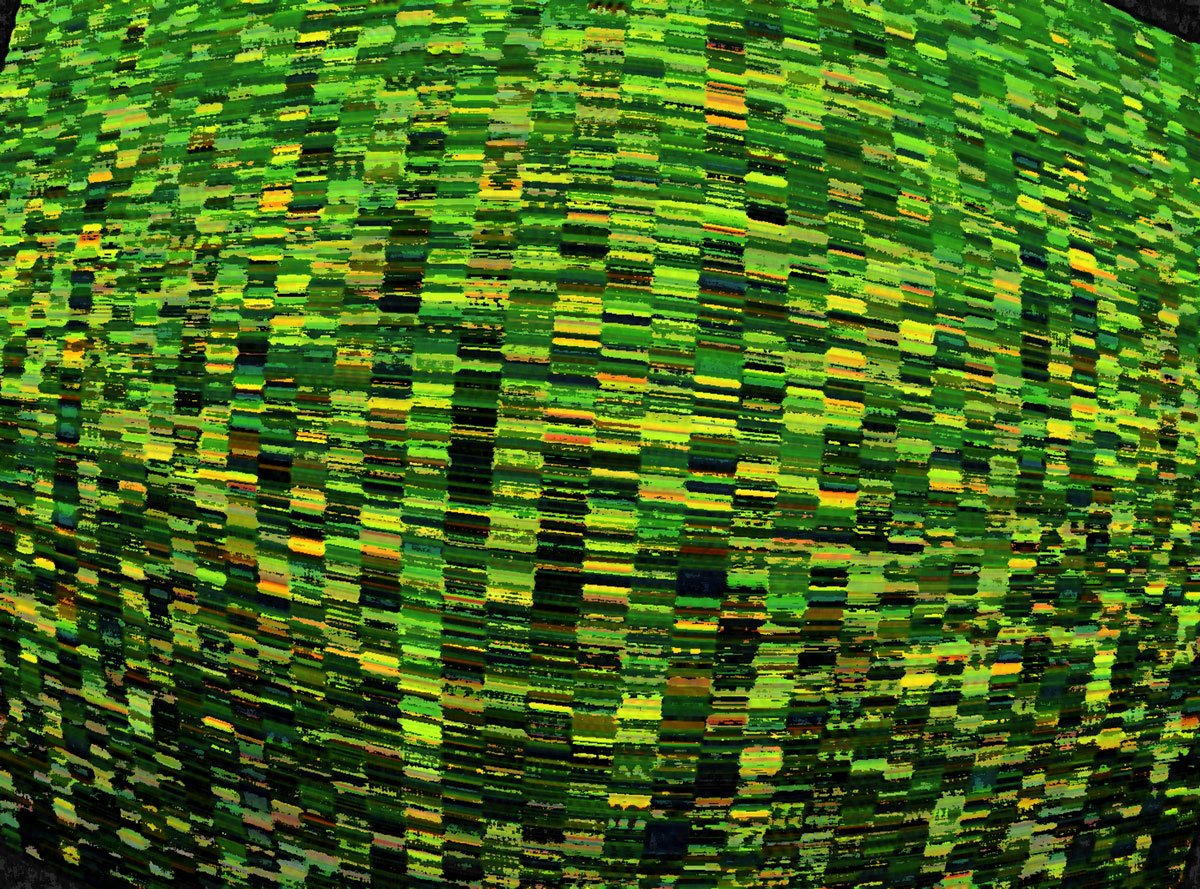
2008, acrylic on canvas, size 80 cm x 60 cm
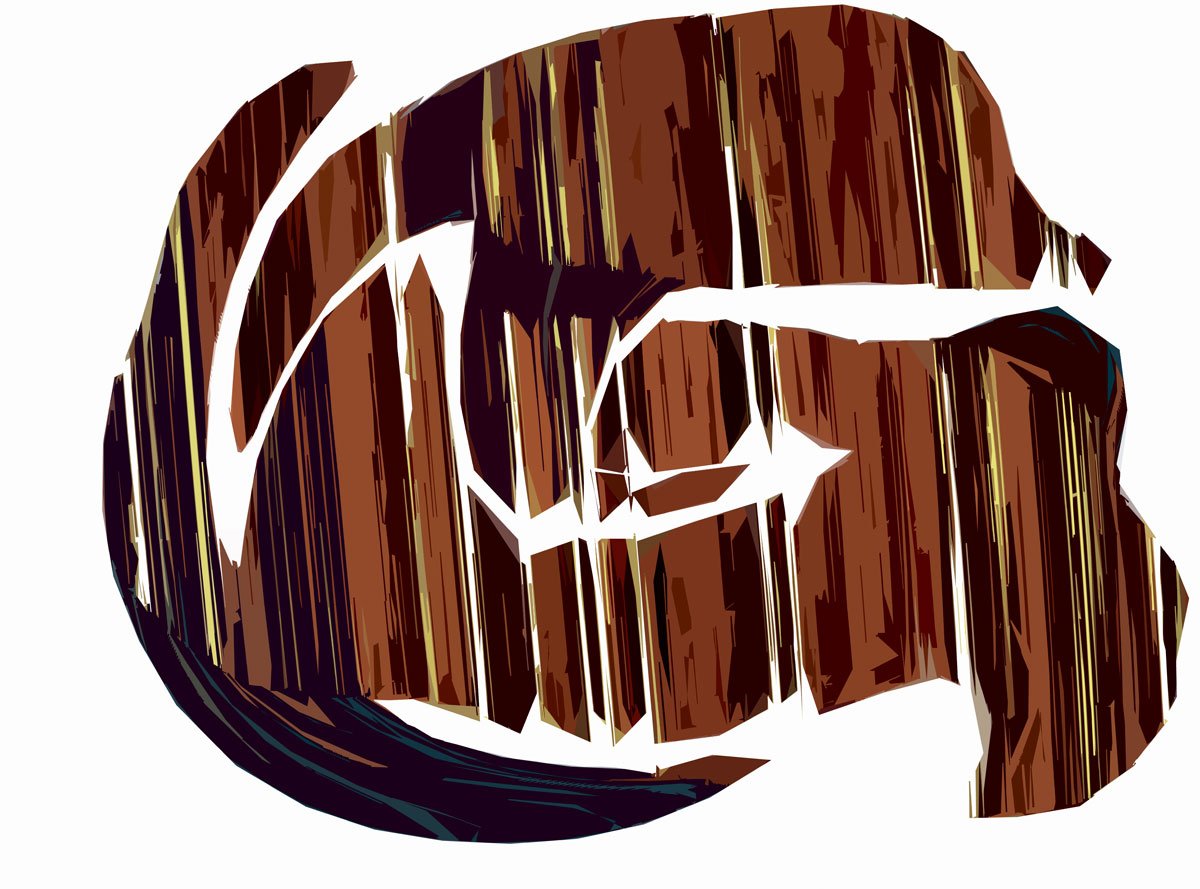
2008, acrylic on canvas, size 80 cm x 60 cm
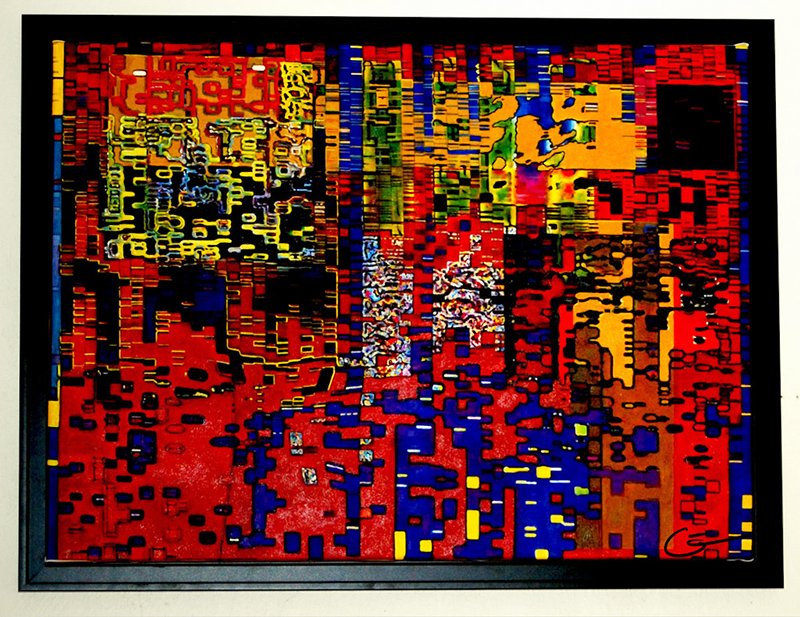
2008, acrylic on canvas, size 80 cm x 60 cm
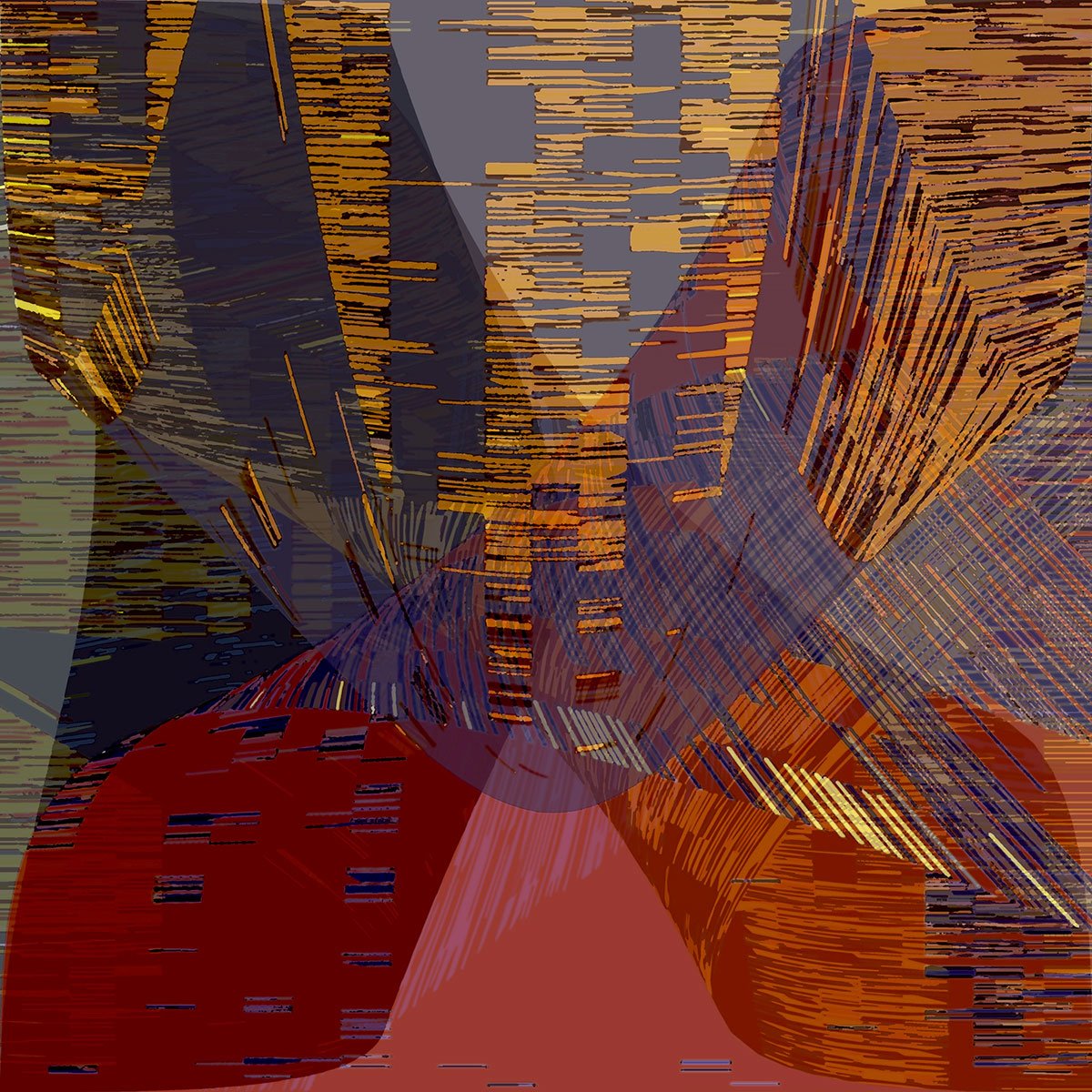
2008, acrylic on canvas, size 80 cm x 80 cm

2008, acrylic on canvas, size 80 cm x 60 cm
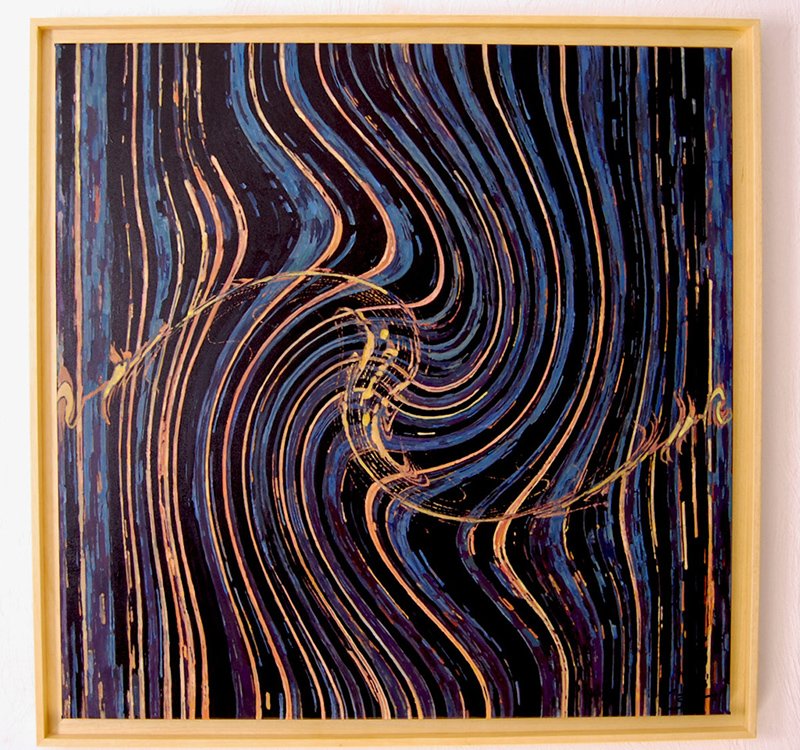
2008, acrylic on canvas, size 80 cm x 80 cm
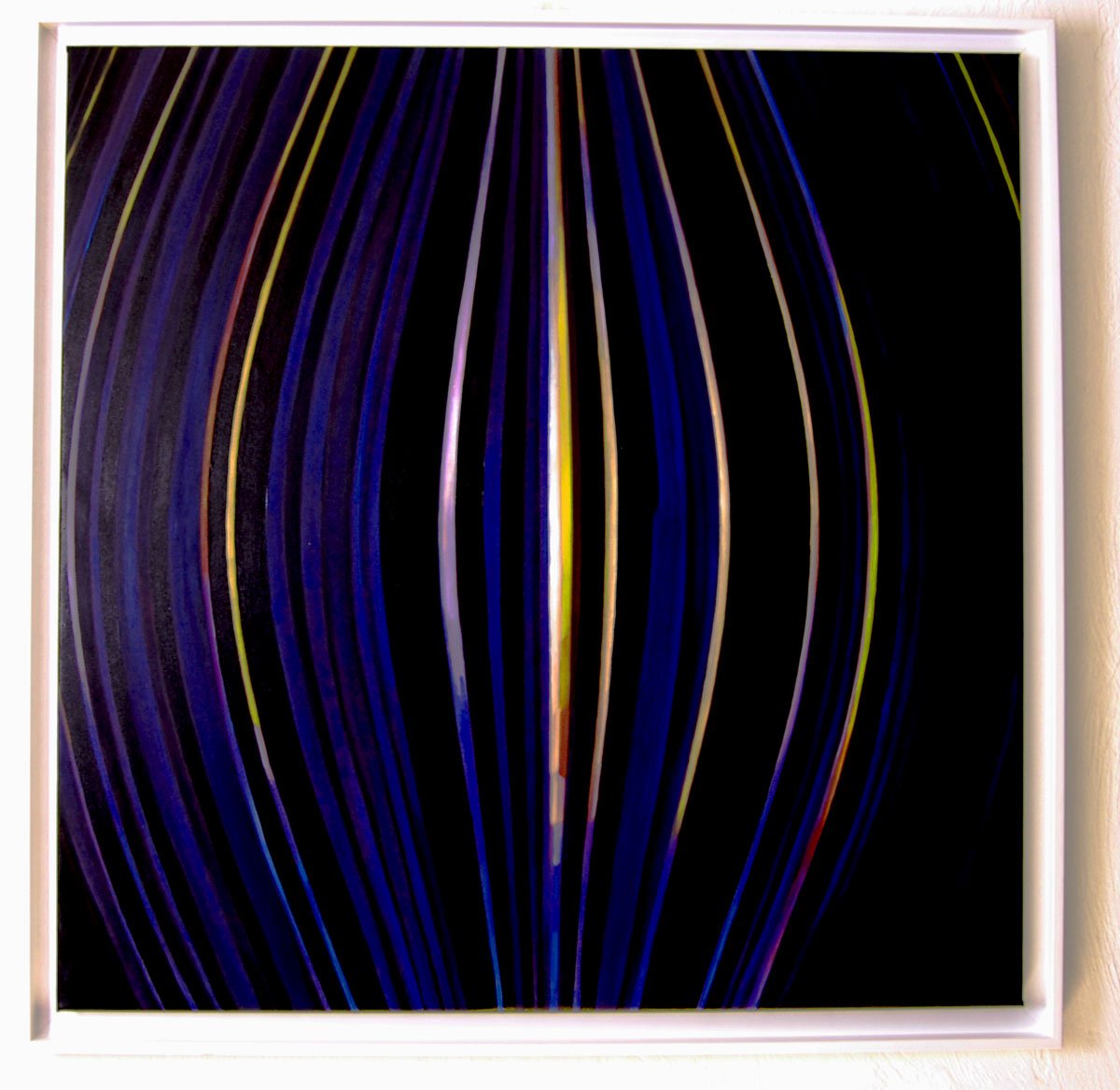
2008, acrylic on canvas, size 80 cm x 80 cm
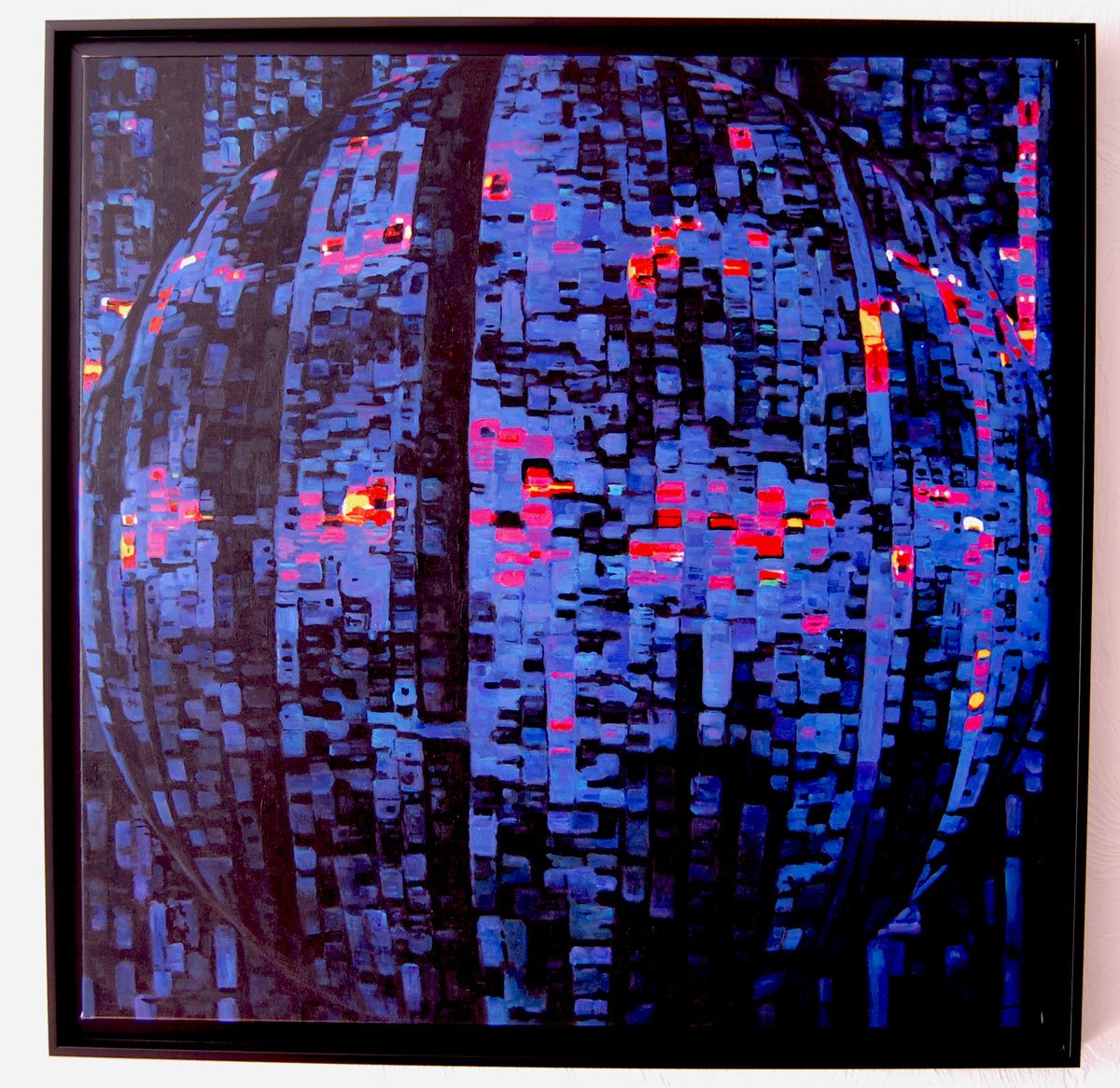
2008, acrylic on canvas, size 80 cm x 80 cm
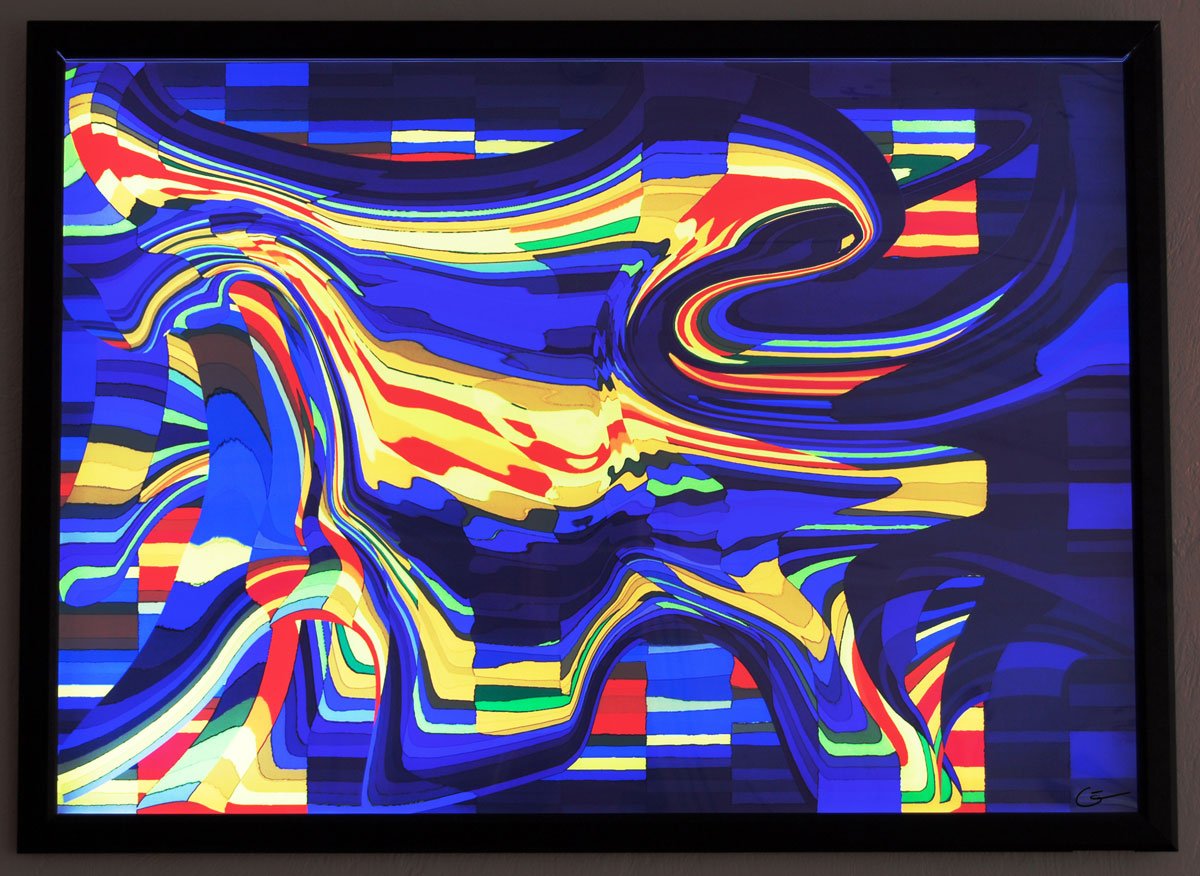
2008, acrylic on canvas, size 83 cm x 118 cm

2008, acrylic on canvas, size 80 cm x 60 cm

2008, acrylic on canvas, size 100 cm x 100 cm
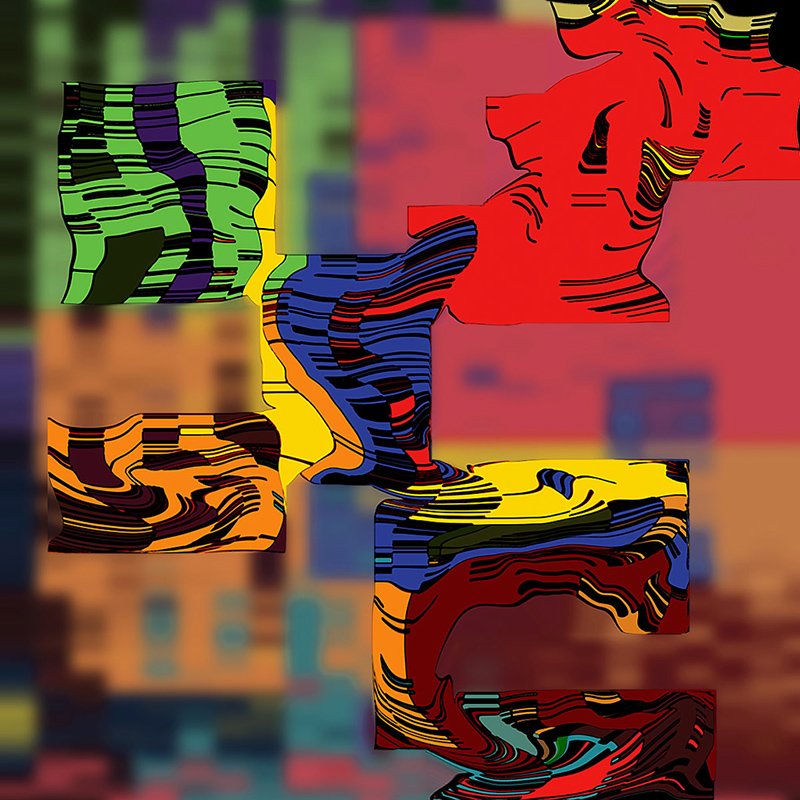
2008, acrylic on canvas, size 80 cm x 80 cm
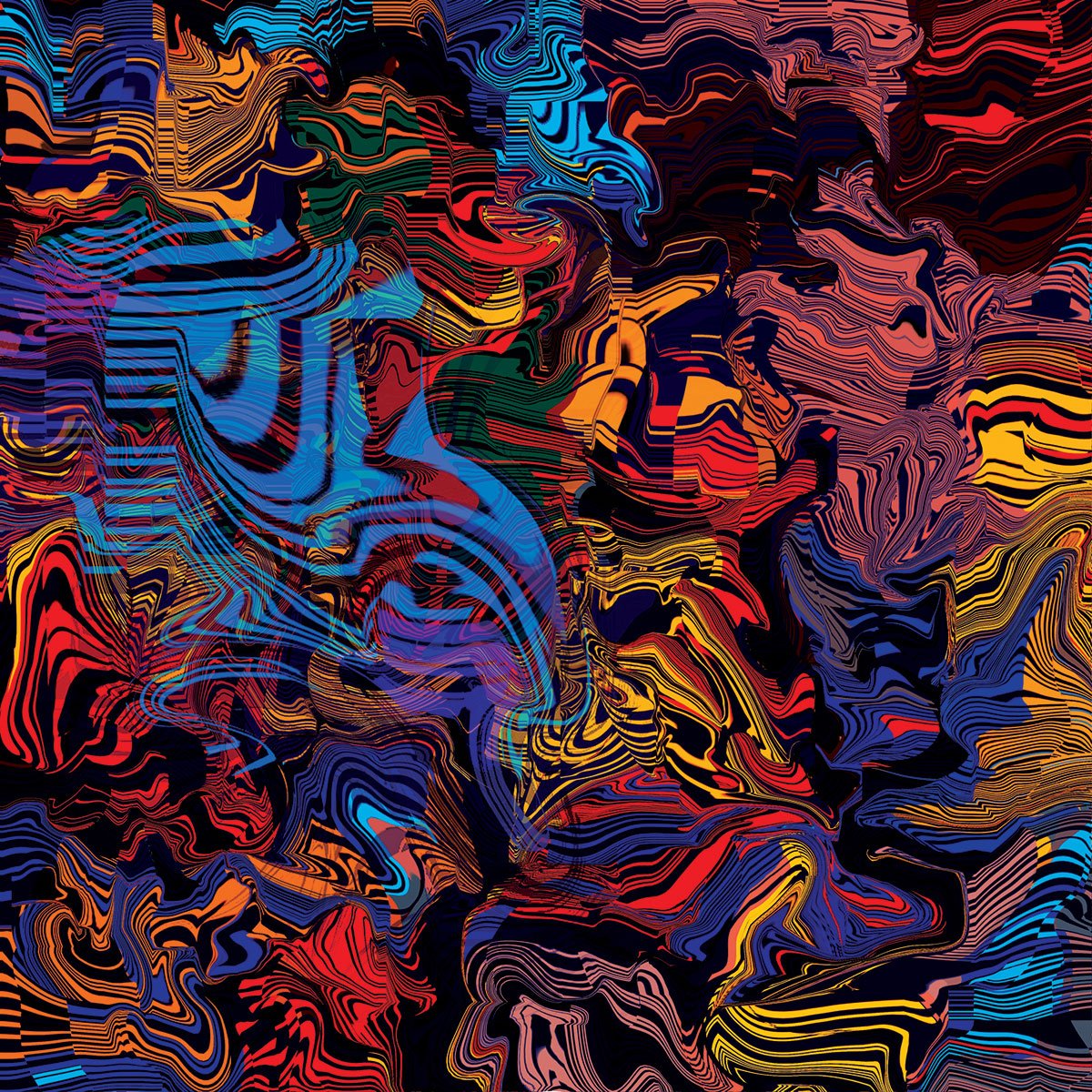
2008, acrylic on canvas, 200 x 200
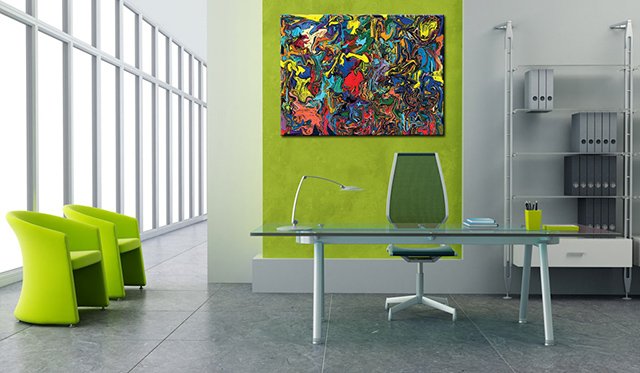
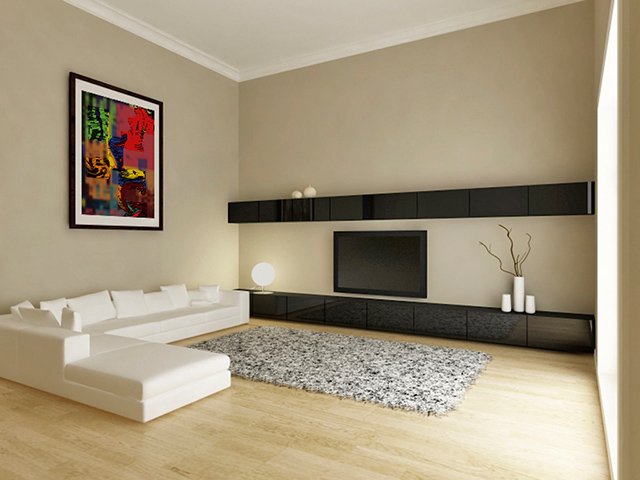

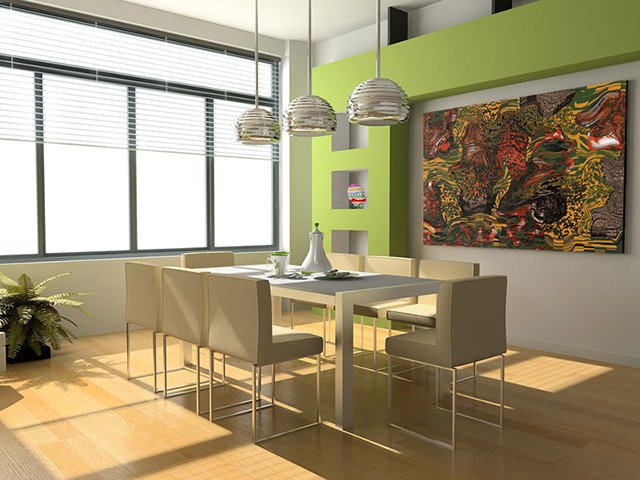
These paintings are based on recorded voice messages. Using scientific equipment, special software and artistic inspiration, sound waves were transformed into colourful graphics to create 'portraits of the human voice'.
If you are interested in the technical aspects, please click here:
For an explanation of the artistic approach, see this interview with the painter from the period when the 'Human Voice series' was created.
The images were prepared on a computer and then painted on canvas. Regularity was achieved by using an architect's drawing table and stencils that were adapted, sometimes even created, for each painting.
